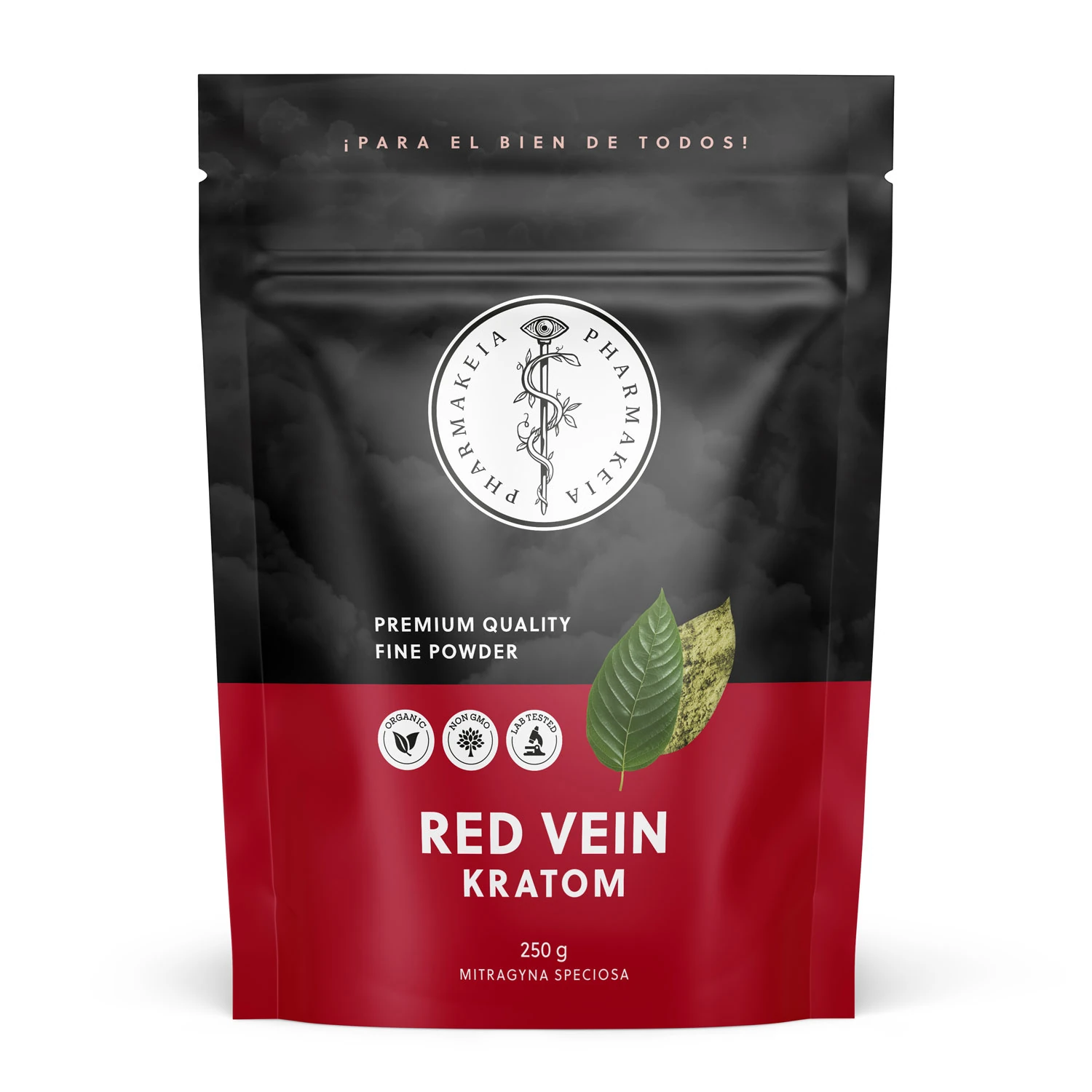Kratom, a tropical tree native to Southeast Asia, has gained popularity in recent years as a natural supplement with potential health benefits. While traditional uses of Kratom have been well-documented, there have been significant advancements in research that are shedding new light on its potential therapeutic properties.
One of the most notable advancements in Kratom supplement research is the identification of specific alkaloids present in the plant that are responsible for its effects. Mitragynine and 7-hydroxymitragynine are two of the most well-known alkaloids found in Kratom, and recent studies have shown that they interact with opioid receptors in the brain, leading to pain relief and mood enhancement. Understanding the mechanisms by which these alkaloids work is crucial for developing safer and more effective Kratom supplements.
Another important advancement in Kratom research is the development of standardized extraction methods that ensure the purity and potency of Kratom products. By using advanced techniques such as chromatography and mass spectrometry, researchers can isolate specific alkaloids and remove impurities, resulting in a more consistent and reliable product. This is particularly important given the variability in Kratom products currently available on the market.
Furthermore, recent studies have explored the potential therapeutic applications of Kratom beyond pain relief and mood enhancement. Research has shown that Kratom extracts may have anti-inflammatory, antioxidant, and immune-modulating properties, making them potentially useful in the treatment of a variety of conditions such as arthritis, diabetes, and neurodegenerative diseases. These findings open up new possibilities for the development of Kratom-based medications in the future.
In addition to these scientific advancements, there have been improvements in the regulation and quality control of Kratom supplements. With the growing popularity of Kratom, there has been a proliferation of products of varying quality and purity on the market. However, organizations such as the American Kratom Association have been working to establish guidelines for the production and sale of Kratom supplements to ensure consumer safety and product integrity.
Overall, the advancements in Kratom supplement research represent a significant step forward in our understanding of this natural remedy. By identifying the active compounds in Kratom, see top strains – click through the following web site – developing standardized extraction methods, exploring new therapeutic applications, and improving quality control measures, researchers are paving the way for the development of safer and more effective Kratom products. As more studies are conducted and regulations are put in place, the future of Kratom supplements looks promising for those seeking natural alternatives for pain management and overall well-being.

